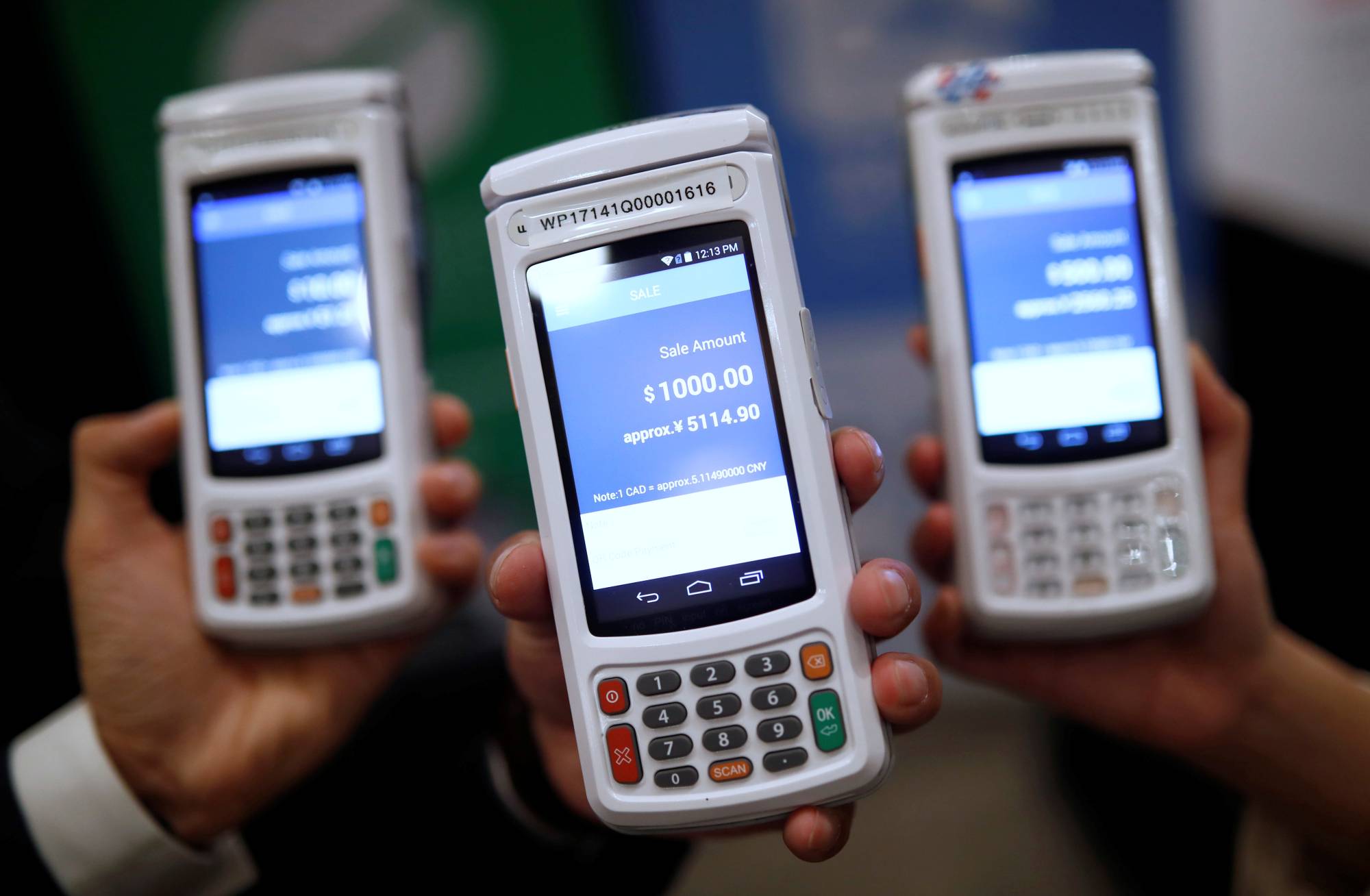Nine out of 10 central banks are exploring electronic versions of physical cash, according to the Bank for International Settlements’ 2021 survey of monetary authorities released this month.
Nearly everyone, it seems, is convinced that the future of money is digital. While that might be right, does every country need to be on the bandwagon just yet? Not really. Whether you’re Poland or Peru should make a big difference in deciding just how big a priority a central bank digital currency, or CBDC, should be.
More advanced economies face a specific challenge: waning demand for cash. The share of banknotes in point-of-sale transactions has dwindled to 11% in North America, 19% in the Asia-Pacific and 27% in Europe. As currency bills eventually start vanishing from circulation and into vaults, the public’s trust in the convertibility of bank deposits into official money may become "more of a theoretical construct than a daily experience,” in the words of the European Central Bank’s Ulrich Bindseil and others.



















With your current subscription plan you can comment on stories. However, before writing your first comment, please create a display name in the Profile section of your subscriber account page.